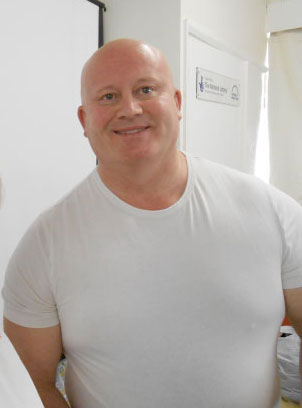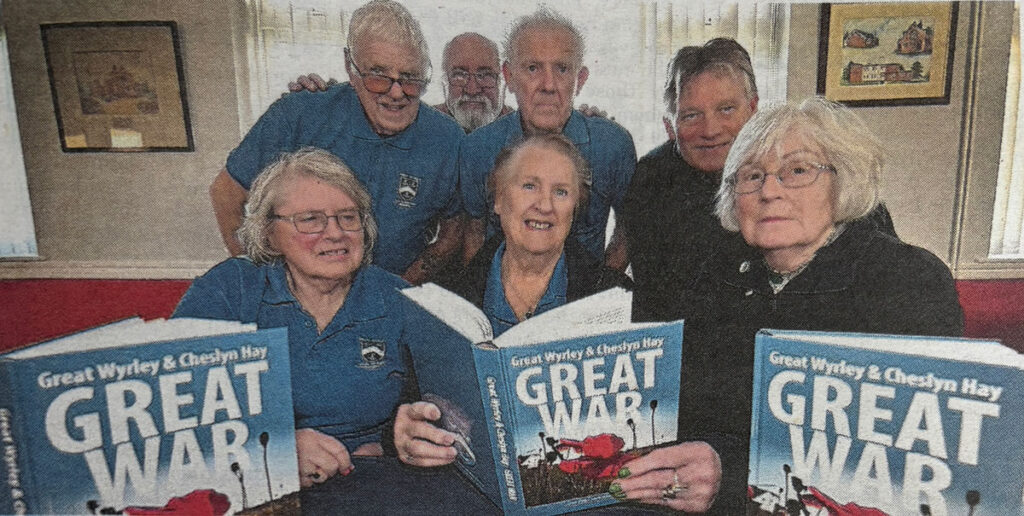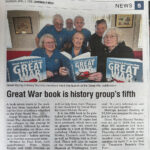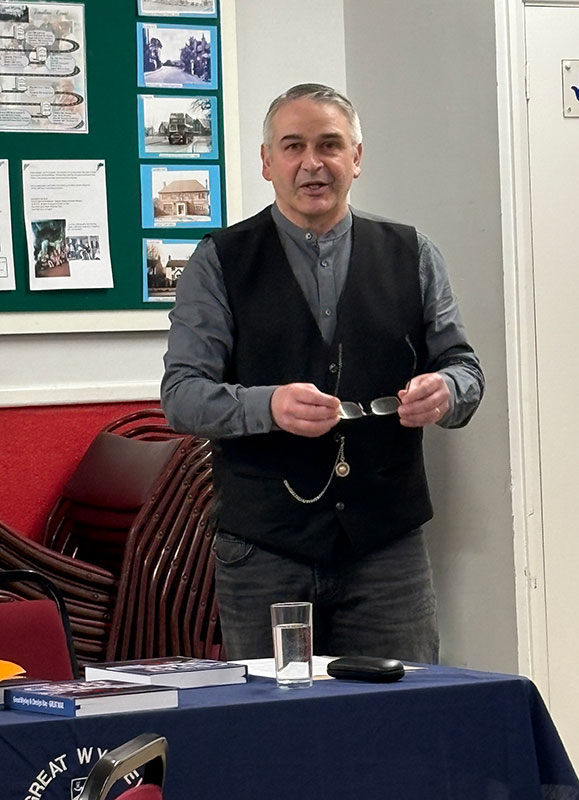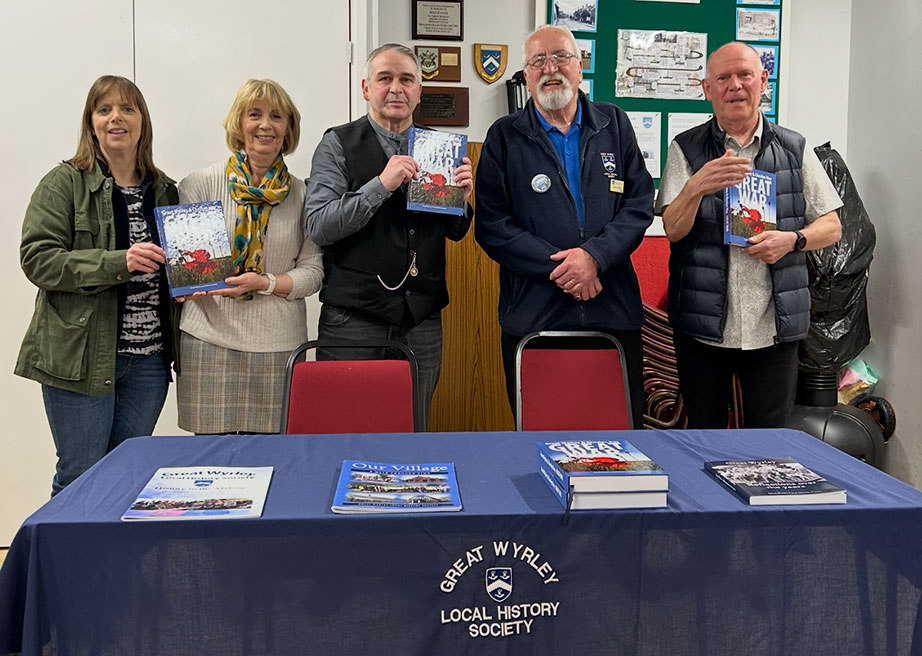Another part of history that is going to be lost forever. This great little museum on Cannock Chase closed its door forever on 25th April 2025. The museum housed displays about our mining heritage in the area.
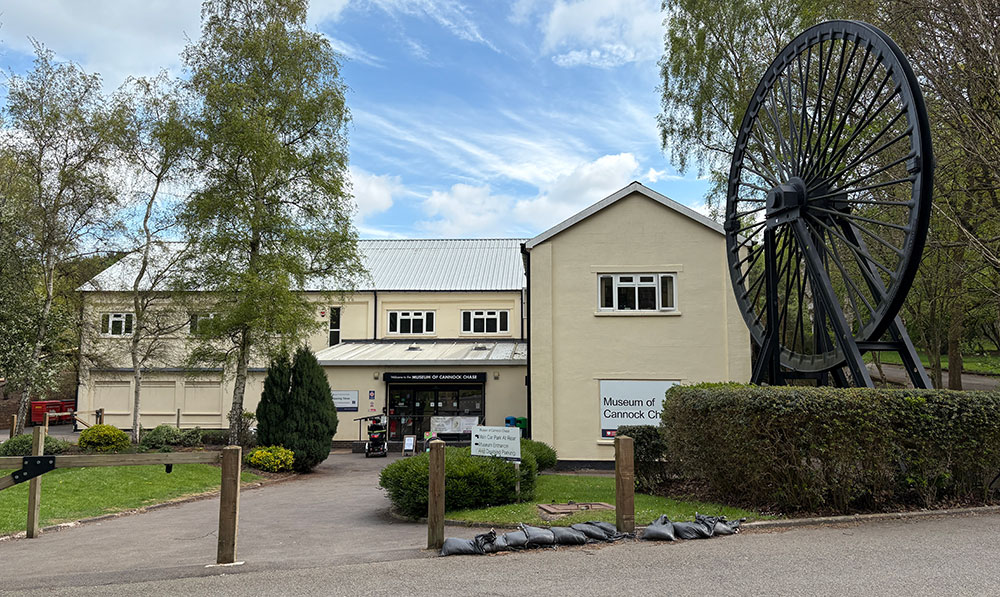
Information about Museum of Cannock Chase
The museum and its outbuildings are on the site of the former Valley Colliery. The colliery opened in 1874 and was originally called the Pool Pit, after the pool that once covered nearby Hednesford Park. In 1887 the mine was connected to Wimblebury Colliery. Coal was brought to the surface there, but the miners still descended from here. In 1940 pithead baths were opened. Miners paid 5d per week to use them. The building later became the Mines Rescue Station, which stood at the top of Valley Road where the houses are today. When coal extraction from Wimblebury Colliery ended in 1962 the colliery buildings were used only for training.
The Mining Training Centre
The Coal Mining Training Centre for the Cannock Chase, Shropshire and South Staffordshire coalfields was here at the Valley Colliery site. It opened in 1946, just before new legislation was introduced that meant miners had to receive training before going underground. The colliery corn store (now the museum’s main building) was converted for training. New recruits were also trained in five Nissen huts from World War Two, which stood beside the museum.
Near to what is now our main car park, surface training facilities that replicated underground conditions were built. By the 1960s, they were being used to train 15-year-old boys who had just left school. The boys weren’t permitted to start work underground until the age of 16, so these surface training galleries provided the only opportunity for them to learn the necessary mining techniques. During its lifetime, over 17,000 trainee miners passed through the Mining Training Centre, many of whom have revisited the site since it became a museum.
The Mines Rescue Station
The Mines Rescue Station, originally based in nearby Victoria Street, moved here in 1972 and remained until the service was relocated out of the district in 1991. In 1997 the building became a public house but was later pulled down after most of it was destroyed in a fire. The houses you see today stand in its place.
The Museum
By 1982, most of the local pits had closed and the Training Centre had closed, too.
The site was taken over by the Council and in 1989 the Valley Heritage Centre was opened. Renamed the Museum of Cannock Chase in the mid-1990s, it tells the story of local coal mining and illustrates the social, industrial and domestic history of the Cannock Chase area. The top of the museum site leads to Hednesford Hills, which is now a designated Site of Special Scientific Interest. As the Valley Colliery buildings once extended onto Hednesford Hills, you may still be able to see signs of its former industrial past as you walk, such as parts of the old chimneys in the undergrowth. You can find out more about the former layout of the site in our Mining Gallery.
The Winding Wheel & Mine Car
The winding wheel outside the museum is from Lea Hall Colliery in Rugeley, which closed in 1990. The wheel was unused and was left in place to give the headframe a balanced appearance. It is one of a small number of remaining winding wheels from the Cannock Chase coalfield. The mine car at the front of the Museum is from Littleton Colliery, in Huntington. It was used to transport coal from underground to the pit surface, where it was emptied onto conveyor belts.
(More details to be added – To be continued)

